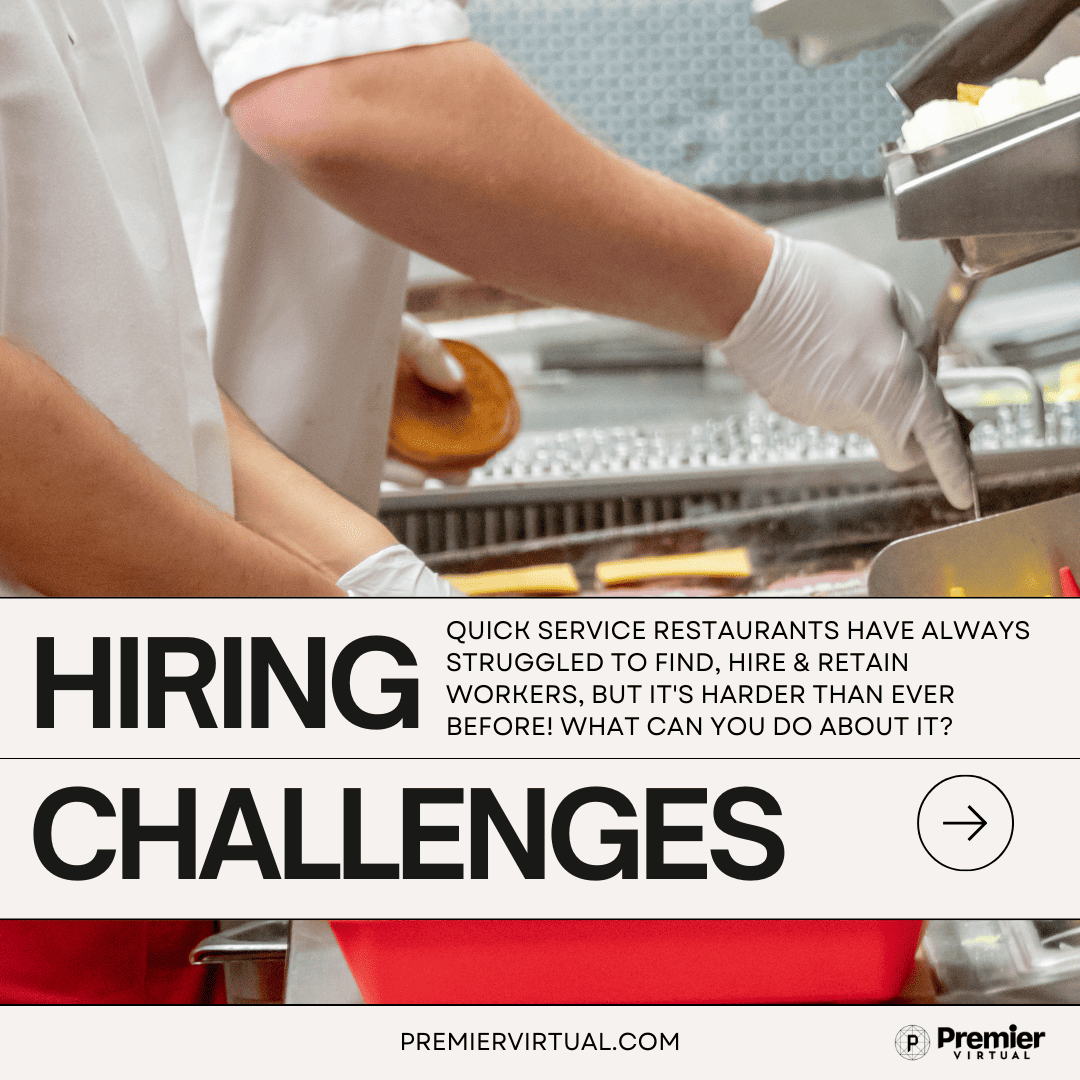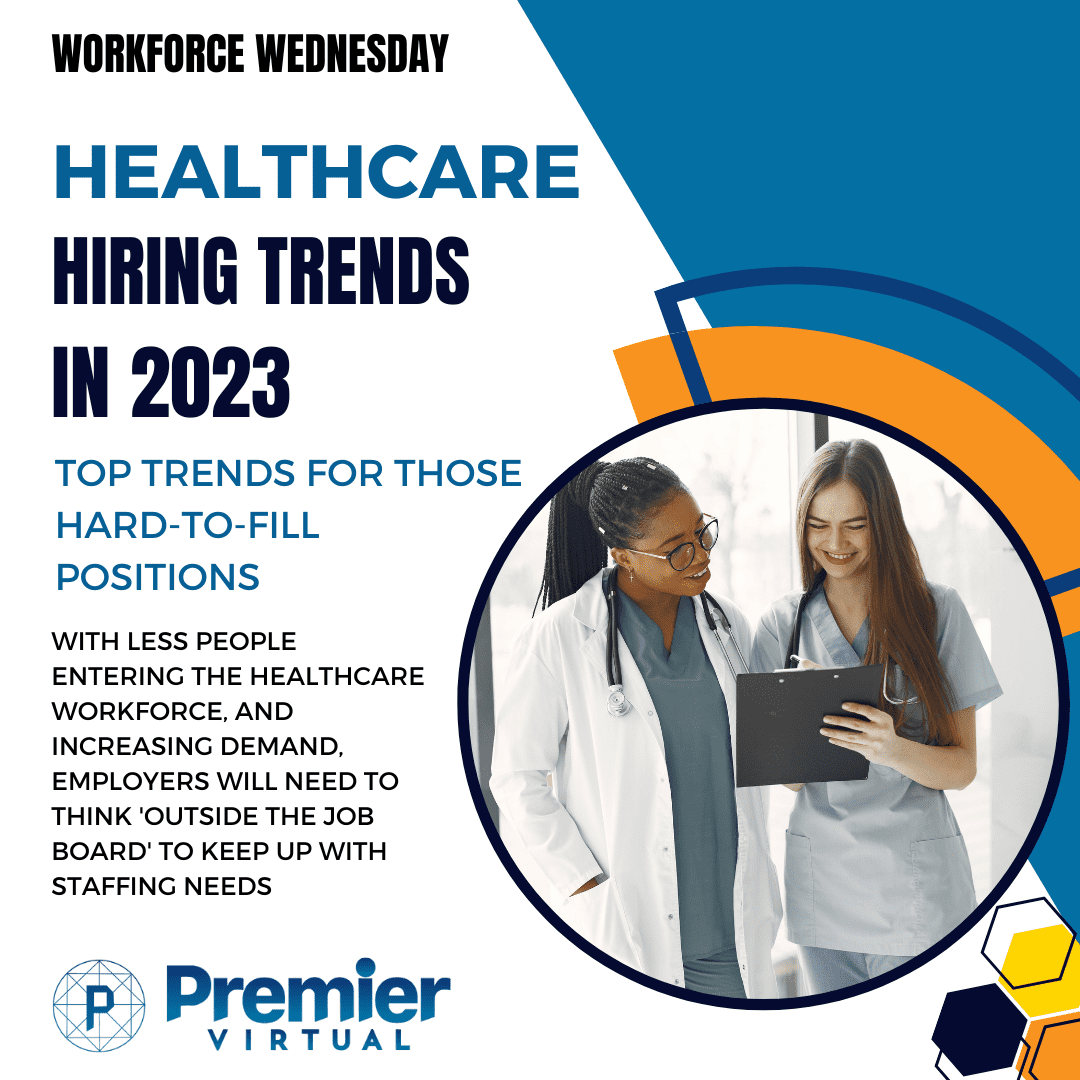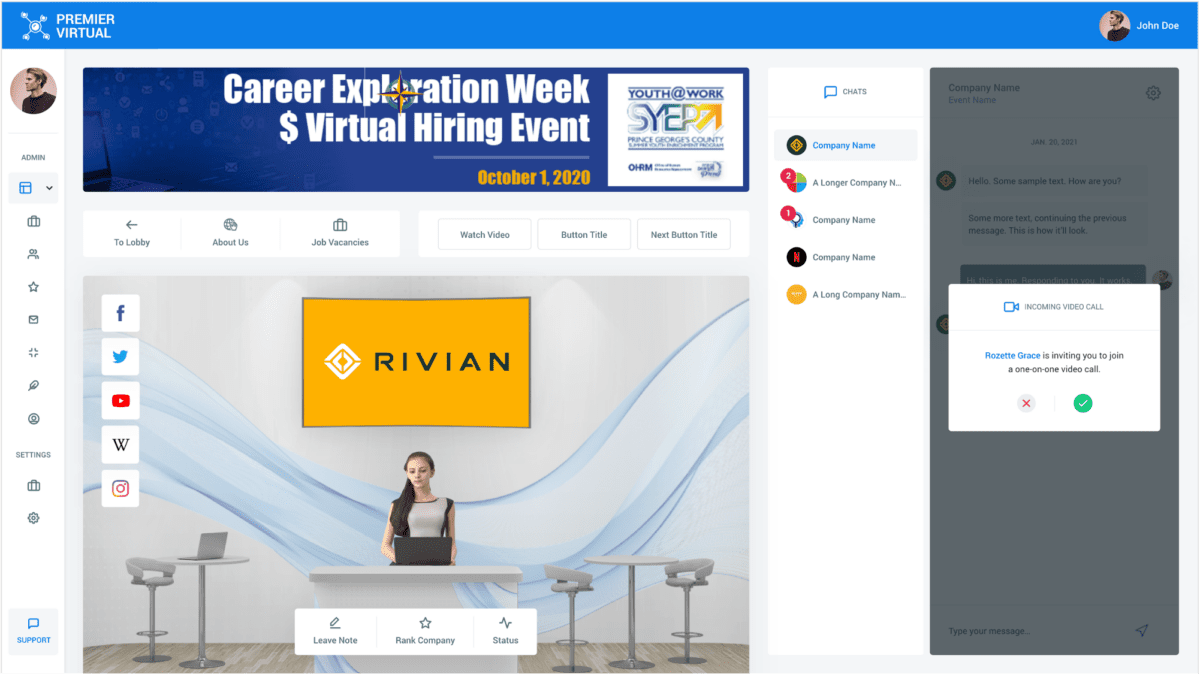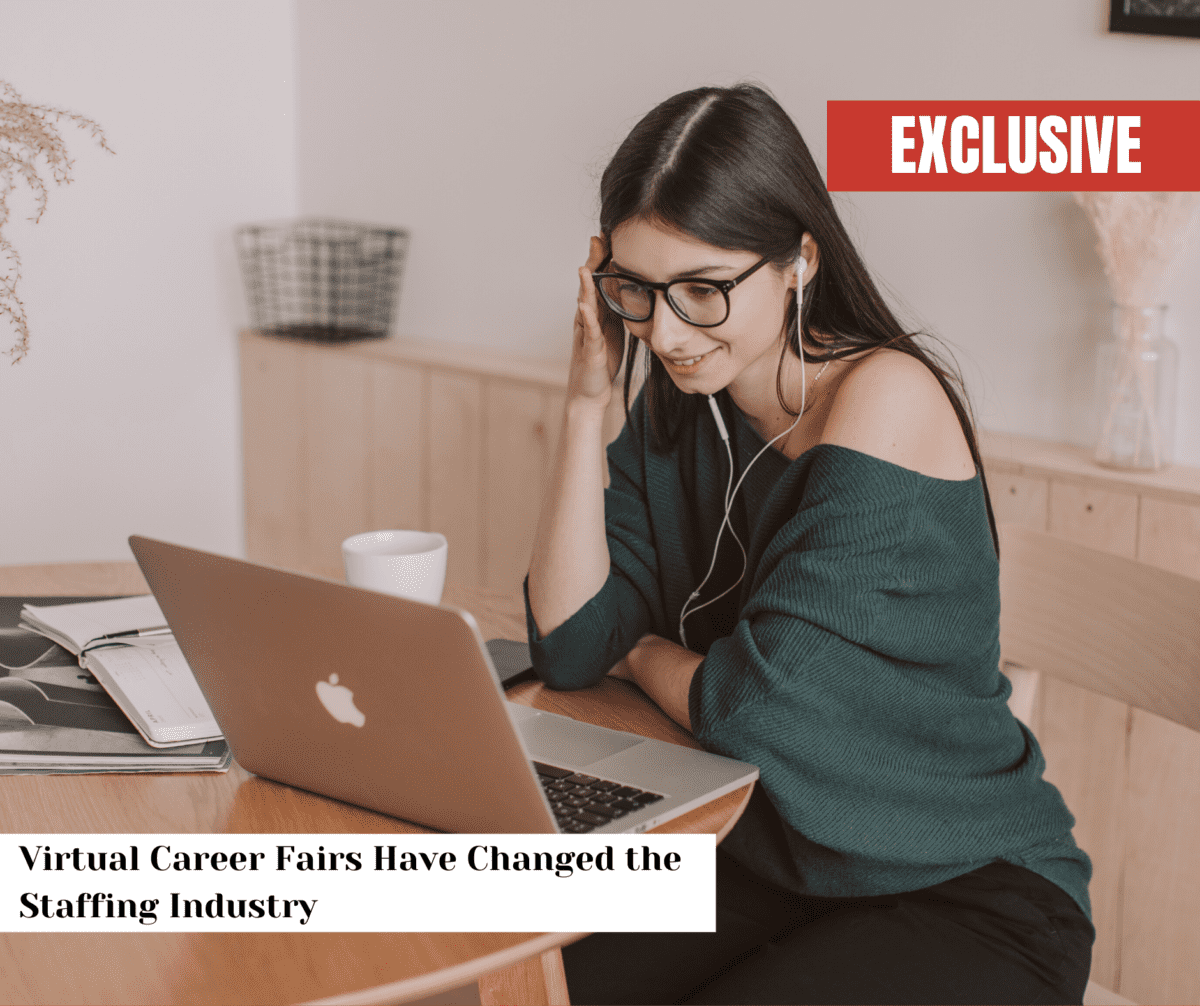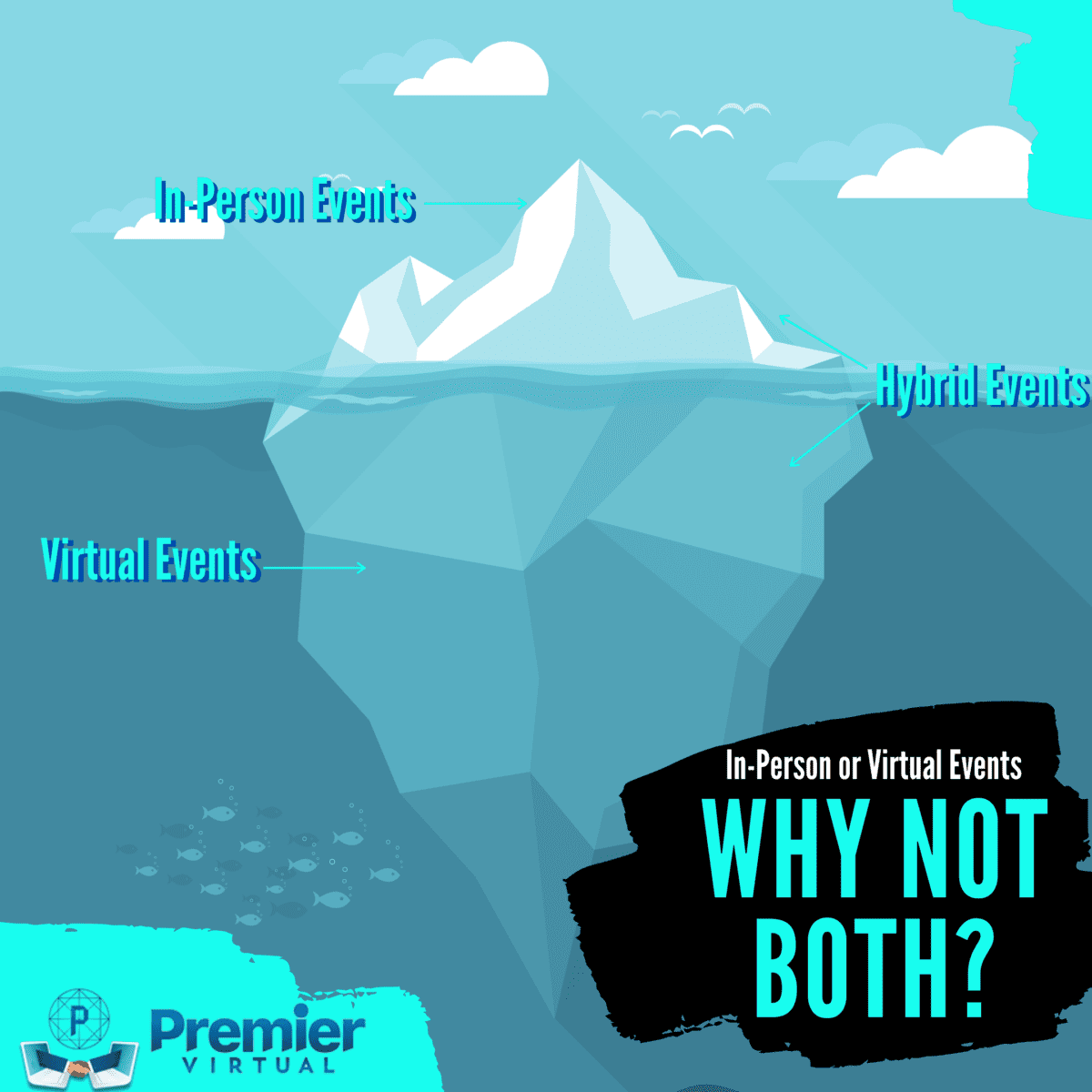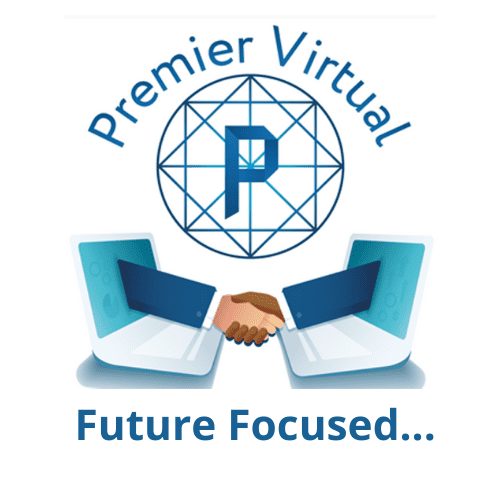Recruitment Challenges for Quick Service Restaurants
What are some of the biggest recruitment challenges for quick service restaurants, and what can you do about them? That’s exactly what we explore here.
Hiring for QSRs
Recruitment challenges can vary across different industries, and the quick service restaurant (QSR) industry is no exception. Here are some of the common recruitment challenges faced by quick service restaurants:
High turnover rates: Quick service restaurants often experience high turnover rates due to factors such as low wages, demanding work environments, and limited career advancement opportunities. This constant need for new hires puts additional strain on the recruitment process.
Attracting and retaining talent: With a competitive labor market, attracting and retaining skilled and motivated employees can be a challenge for quick service restaurants. Many job seekers may perceive QSR positions as temporary or low-skilled, making it difficult for these establishments to stand out and attract top talent.
Limited availability of suitable candidates: Finding candidates with the necessary skills, experience, and availability can be a challenge. Quick service restaurants typically require employees who can work flexible hours, including evenings, weekends, and holidays. This can narrow the pool of available candidates, making recruitment more challenging.
Negative perception of the industry: The quick service restaurant industry sometimes faces negative stereotypes and perceptions regarding working conditions, low wages, and lack of career growth opportunities. Overcoming these perceptions and showcasing the positive aspects of working in a QSR can be crucial to attracting qualified candidates.
Limited resources for recruitment: Many quick service restaurants have limited resources for recruitment, such as budget constraints and lack of dedicated HR staff. This can make it challenging to invest in effective recruitment strategies, including advertising job openings, conducting thorough interviews, and implementing training programs.
Skills gap and training requirements: Quick service restaurants often require employees to possess specific skills, such as food preparation, customer service, and cash handling. However, finding candidates with the necessary skills and training can be difficult, especially for specialized positions like cooks or managers. This skills gap may require additional training and development programs to bridge the gap.
Seasonal fluctuations in demand: Quick service restaurants often experience seasonal fluctuations in demand, such as increased business during holidays or summer months. Meeting these temporary staffing needs can be a challenge, as it requires recruiting and training new employees quickly, only to potentially reduce staff once the demand subsides.
To overcome these recruitment challenges, quick service restaurants can consider implementing strategies such as offering competitive wages and benefits, creating a positive work environment, providing opportunities for career growth and advancement, leveraging technology for efficient recruitment processes, partnering with local schools or training programs, and improving employee retention through recognition and development programs.
Can technology fix the worker shortage at quick service restaurants?
Technology can play a role in addressing the worker shortage at quick service restaurants, but it is not a standalone solution. While technology can help streamline operations and improve efficiency, it cannot completely replace the need for human workers in the restaurant industry. Here are a few ways in which technology can contribute:
Automation: Technology can automate certain tasks in quick service restaurants, such as self-ordering kiosks, automated food preparation systems, or robotic systems for cleaning and maintenance. Automating repetitive and time-consuming tasks can free up employees to focus on more complex and customer-centric activities.
Online recruitment platforms: Technology can simplify the recruitment process by providing online platforms and tools to advertise job openings, manage applications, and conduct initial screening. These platforms like Premier Virtual, can help quick service restaurants reach a broader pool of candidates and streamline the hiring process.
Mobile scheduling and communication tools: Quick service restaurants can utilize mobile scheduling and communication tools to efficiently manage employee schedules, shift swaps, and instant communication. These tools can enhance communication between employees and management, leading to better coordination and reducing scheduling conflicts.
Training and e-learning platforms: Technology can facilitate training programs for new hires and existing employees through e-learning platforms. These platforms can provide interactive and engaging training modules, making it easier to onboard new employees and upskill existing staff members.
Data analytics for workforce management: Technology can help quick service restaurants analyze data related to workforce management, such as employee performance, productivity, and scheduling patterns. This data-driven approach can enable better decision-making, optimize staffing levels, and identify areas for improvement.
While technology can alleviate some of the challenges in the worker shortage, it is essential to remember that human interaction and customer service are still vital in the quick service restaurant industry. Building a positive and engaging work environment, offering competitive wages and benefits, and investing in employee development and retention strategies are equally important for attracting and retaining workers. Technology should be seen as a tool to complement and enhance the workforce, rather than a complete replacement.
For more tips on how to integrate a virtual platform to help you hire, contact us at www.PremierVirtual.com for a free demo today.

